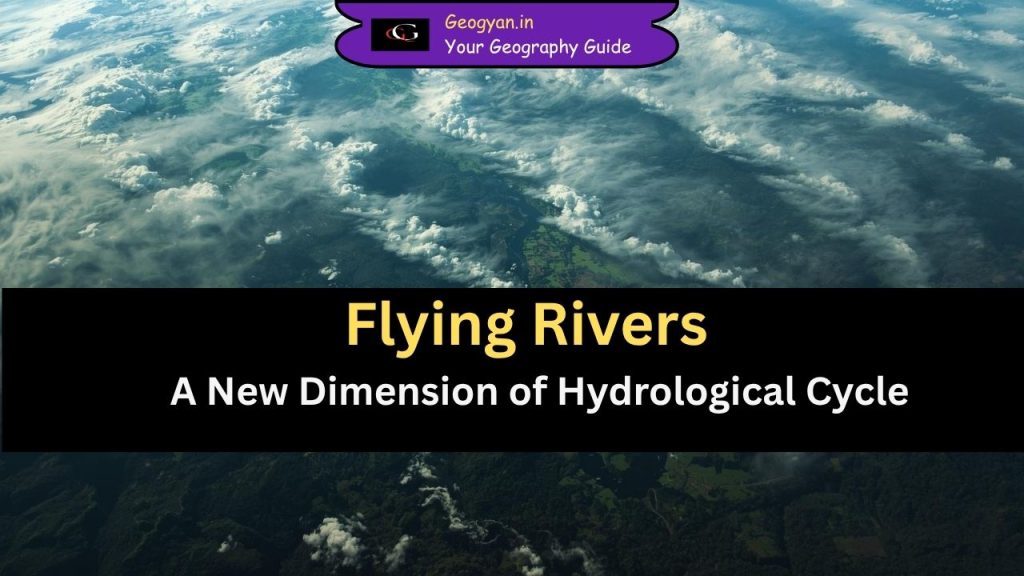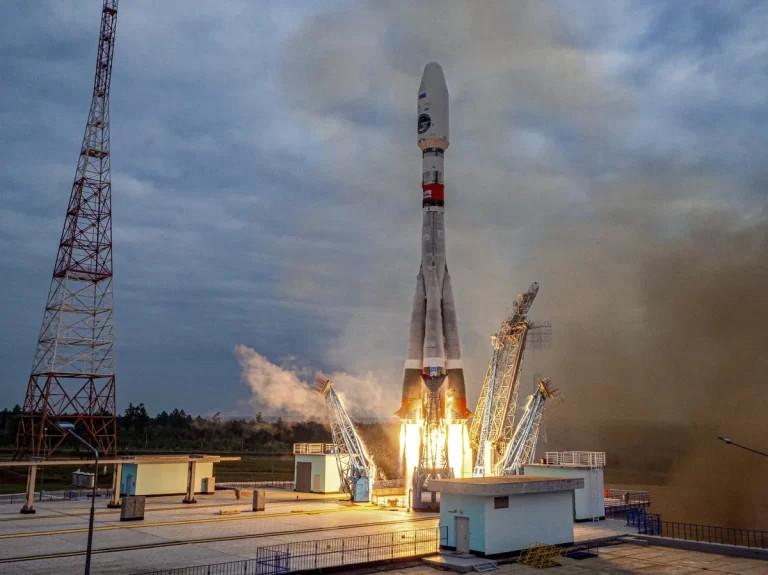Estimated reading time: 4 minutes

Table of contents
Why is Flying Rivers in the News?
Flying Rivers are in the news due to their critical role in transporting enormous amounts of atmospheric moisture from the Amazon rainforest to other parts of South America, directly influencing rainfall patterns, agriculture, and water availability in regions far beyond local river systems. Recent studies and climate reports highlight how deforestation and changing weather dynamics are disrupting these invisible water highways, potentially threatening food security, hydrological stability, and ecological balance across vast areas.
As governments and scientists focus on climate adaptation and Amazon conservation, the concept of Flying Rivers has become a focal point in debates about regional climate resilience and sustainable land management policies.
What are Flying Rivers?
Flying Rivers refer to the massive air currents carrying water vapor from forests—especially the Amazon rainforest—that travel across thousands of kilometers and later condense as rainfall in distant regions.
These are not physical rivers but “atmospheric rivers” that function like invisible highways of moisture in the sky.
In simple terms: Trees act as natural pumps releasing water vapor, which joins winds to form clouds that move and precipitate as rain elsewhere.
How Do Flying Rivers Work?
The process begins with transpiration — trees in rainforests release large quantities of water vapor.
This vapor rises, forming humid air masses that move under the influence of wind and pressure systems, creating “flying rivers.”
When these moist air streams reach mountain ranges or cooler regions, they condense into rainfall.
Example:
- In South America, moisture from the Amazon travels west and south to bring rain over Peru, Bolivia, and southern Brazil.
- Similar patterns are observed in Africa and Asia, affecting monsoon intensity.
Geographical Importance of Flying Rivers
- Influence on Global Climate: Flying rivers distribute moisture and rainfall across continents.
- Impact on Monsoon Systems: These vapor pathways affect South Asian and Indian monsoon cycles.
- Deforestation Impact: Cutting down trees reduces transpiration, weakening flying rivers and disrupting rainfall patterns.
- Hydrological Link: They act as a bridge between biosphere, atmosphere, and hydrosphere.
Why Are Flying Rivers Important for India?
Although the major flying rivers originate over Amazon and Congo rainforests, their global climatic interactions influence jet streams and monsoon winds.
This makes them critical for Indian monsoon predictability, agriculture, and water resource planning.
Human Activities and Their Impact
- Deforestation reduces atmospheric moisture.
- Urbanization and pollution disturb local convection and precipitation cycles.
- Climate change alters the direction and intensity of atmospheric rivers.
Result: Irregular rainfall, longer droughts, and weaker monsoon patterns.
Flying Rivers and Recent Scientific Discoveries
- NASA and European Space Agency (ESA) satellites are mapping moisture transport corridors in the atmosphere.
- AI algorithms now track vapor flows and predict rainfall anomalies in real time.
- Indian Meteorological Department (IMD) and IITM Pune have also begun modeling atmospheric rivers to improve monsoon forecasting.
FAQs
Q1. What are Flying Rivers?
These are streams of water vapor in the atmosphere, transported by wind over long distances, causing rainfall far from their origin.
Q2. Why are Flying Rivers important for global climate?
They help maintain global moisture balance, ensuring rainfall distribution and temperature regulation.
Q3. How do deforestation and climate change affect Flying Rivers?
Both reduce the amount of vapor released into the air, leading to less rainfall and increased drought risks.
Q4. Can these Rivers be tracked?
Yes, AI-based satellite systems like NASA’s Earth Observing System monitor them using moisture and wind data.
Q5. Who discovered the concept of Flying Rivers?
The concept was popularized by Antonio Nobre, a Brazilian climatologist.





























